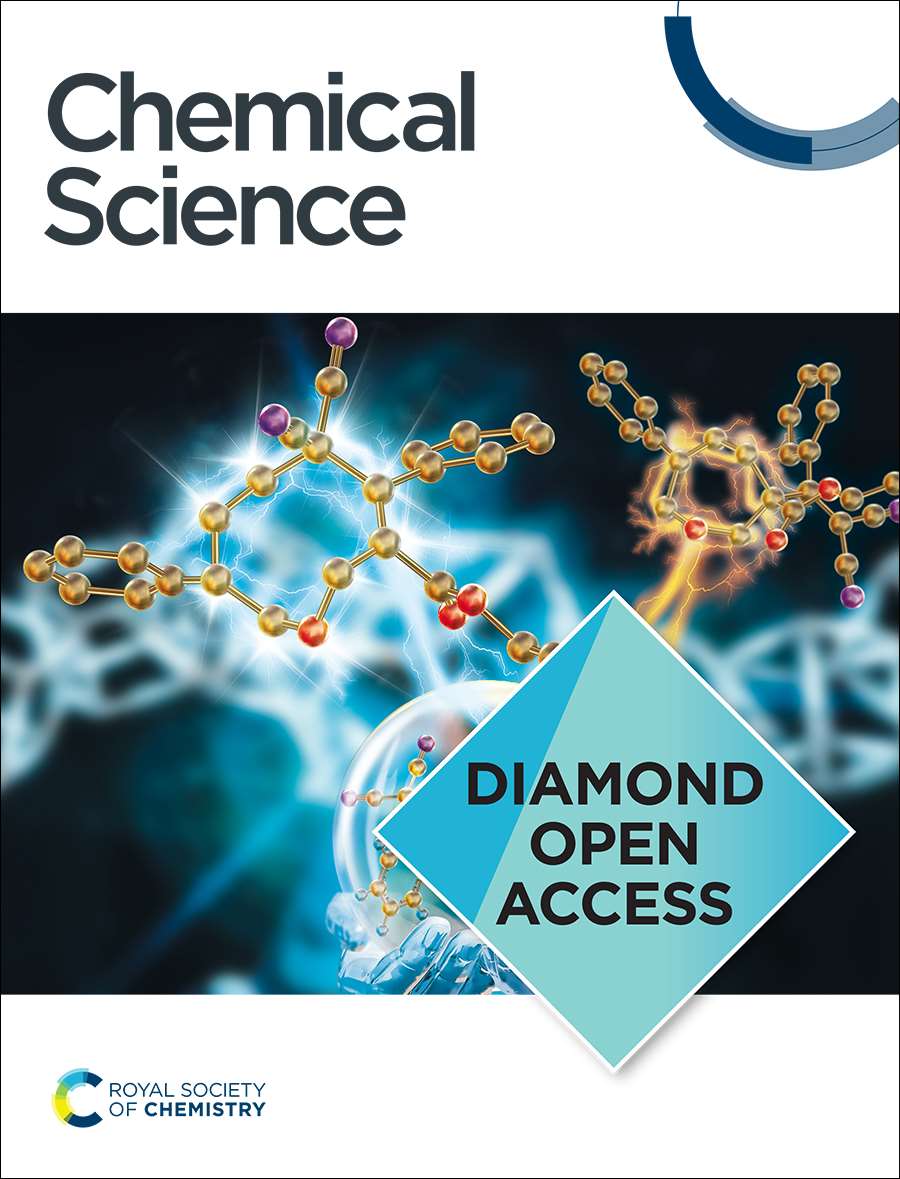Photoelectrochemical valorisation of organic waste for the cogeneration of solar fuels and value-added chemicals
IF 7.6
1区 化学
Q1 CHEMISTRY, MULTIDISCIPLINARY
引用次数: 0
Abstract
Rapid industrialisation has resulted in severe greenhouse gas emissions through extensive fossil fuel extraction and an increasing volume of solid waste disposal. This perspective review examines the photoelectrochemical (PEC) valorisation of organic waste as a promising solution for addressing the energy crisis and environmental pollution. The current stage of PEC organic valorisation has yet to meet industrial requirements, hindered by its relatively low efficiency, limited robustness, and poor scalability compared to conventional technologies. A better understanding of the working principle of the PEC reaction mechanism, the properties of state-of-the-art photoelectrodes, and the organic waste pre-treatment process is required to pave the path toward practical implementation. In this perspective review, we demonstrate that the strategies employed in the design of photoanodes, including doping, heterojunction formation, co-catalyst modification, nanostructuring, and crystal facet engineering, have different effects on activity, selectivity, and stability. In addition to the hydrogen evolution reaction, selected organic reduction reactions for the synthesis of value-added chemicals in a PEC cell are also discussed, followed by recent progress on integrated PEC cells and their practical assessment for solar fuel and value-added chemical production. Since stability and scalability are also essential parameters beyond efficiency for assessing the techno-economic feasibility of a PEC organic valorisation system, we additionally addressed stability, scalability and the compatibility of photoelectrodes in organic waste valorisation. Finally, conclusions and future perspectives on feasible strategies for PEC valorisation are discussed. We hope this review will serve as a helpful guide in designing effective, robust, and scalable PEC organic waste valorisation systems, making it a viable technology for real-world applications.

用于太阳能燃料热电联产和增值化学品的有机废物的光电化学增值
快速的工业化通过大量开采化石燃料和不断增加的固体废物处理量导致了严重的温室气体排放。本文综述了有机废物的光电化学(PEC)增值作为解决能源危机和环境污染的有前途的解决方案。与传统技术相比,现阶段的PEC有机增值技术效率相对较低,鲁棒性有限,可扩展性差,尚未满足工业要求。更好地了解PEC反应机理的工作原理,最先进的光电极的特性,以及有机废物的预处理过程,为实际实施铺平道路。在这篇综述中,我们证明了在光阳极设计中采用的策略,包括掺杂、异质结形成、共催化剂改性、纳米结构和晶面工程,对活性、选择性和稳定性有不同的影响。除析氢反应外,还讨论了在PEC电池中合成增值化学品的有机还原反应,然后讨论了集成PEC电池的最新进展及其在太阳能燃料和增值化学品生产中的实际评估。由于稳定性和可扩展性也是评估PEC有机增值系统技术经济可行性的重要参数,因此我们还讨论了有机废物增值中光电极的稳定性、可扩展性和兼容性。最后,讨论了经济增值的可行策略和未来的展望。我们希望这一综述能够为设计有效、稳健、可扩展的PEC有机废物增值系统提供有益的指导,使其成为现实应用中的可行技术。
本文章由计算机程序翻译,如有差异,请以英文原文为准。
求助全文
约1分钟内获得全文
求助全文
来源期刊

Chemical Science
CHEMISTRY, MULTIDISCIPLINARY-
CiteScore
14.40
自引率
4.80%
发文量
1352
审稿时长
2.1 months
期刊介绍:
Chemical Science is a journal that encompasses various disciplines within the chemical sciences. Its scope includes publishing ground-breaking research with significant implications for its respective field, as well as appealing to a wider audience in related areas. To be considered for publication, articles must showcase innovative and original advances in their field of study and be presented in a manner that is understandable to scientists from diverse backgrounds. However, the journal generally does not publish highly specialized research.
 求助内容:
求助内容: 应助结果提醒方式:
应助结果提醒方式:


